Votre panier est vide
Besoin d'inspiration ?
Rendez-vous dans le programme en ligne du GrandPalais
Article -
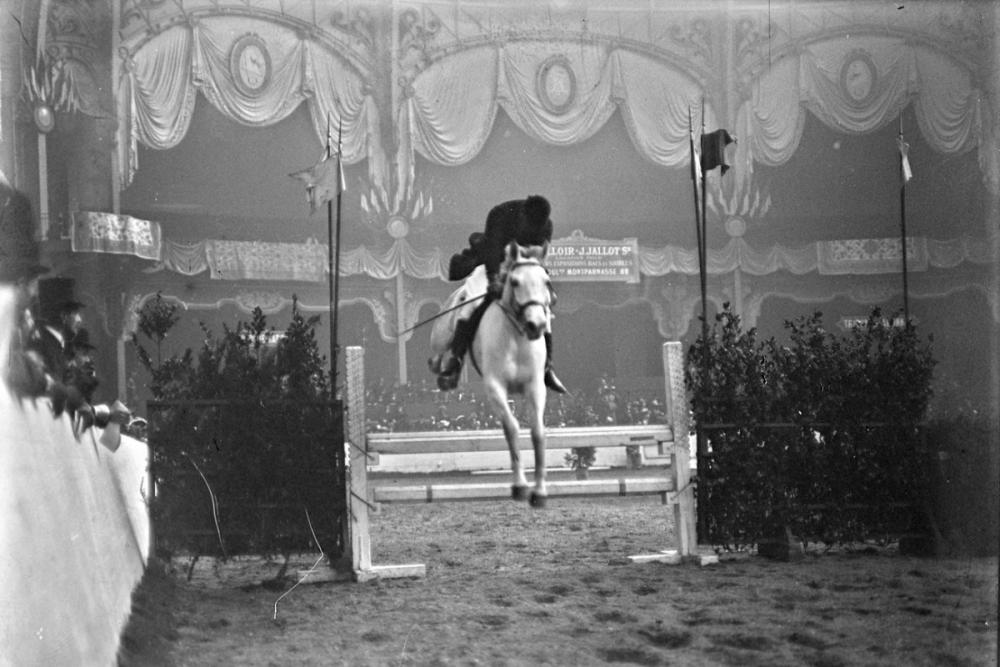
This summer, the Grand Palais pulses to the rhythm of the fencing and taekwondo events at the Paris 2024 Olympic Games. But did you know that this iconic monument has a sporting history that spans more than a century? From gymnastics galas to horse shows, it has forged a unique relationship with the world of sport. In this Olympic year, let's relive the exploits of the Grand Palais' champions together!
A flying start
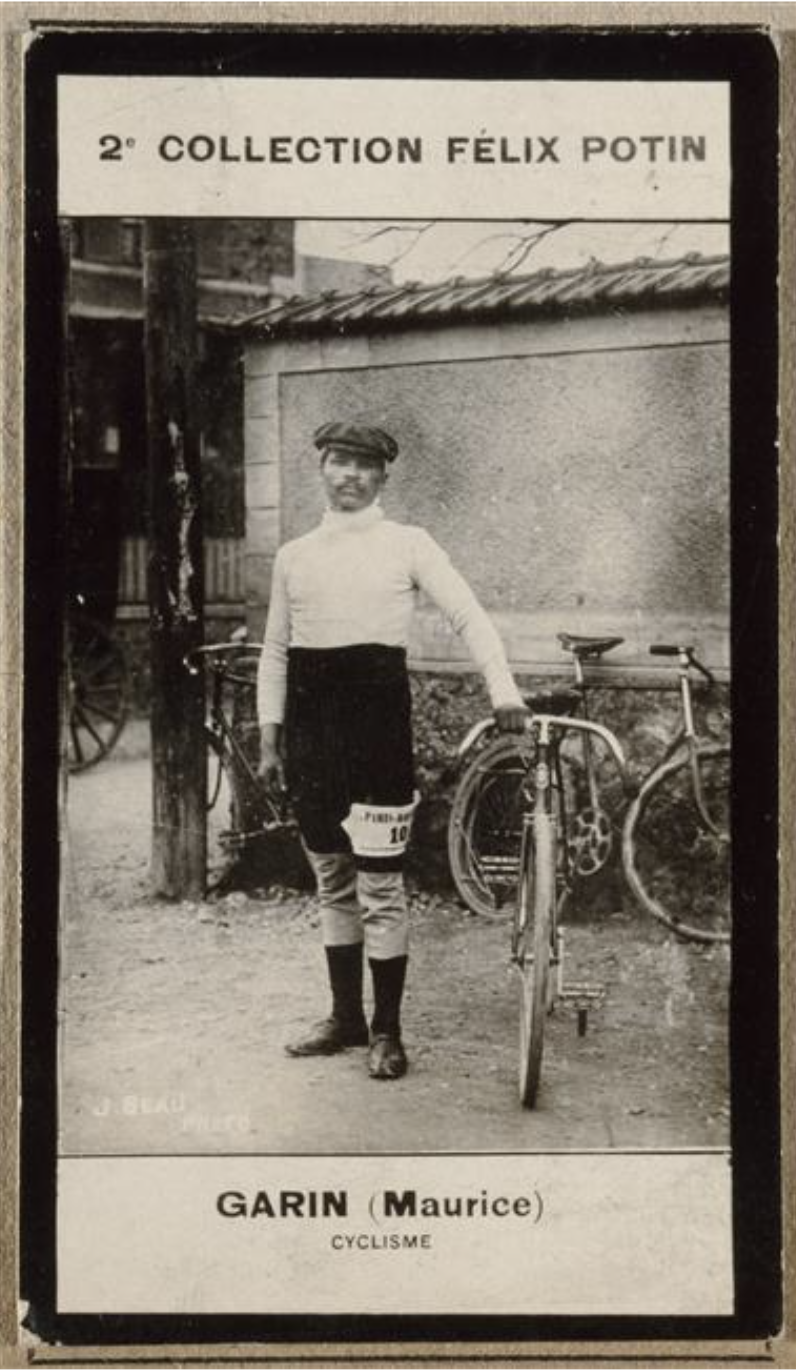
Imagine : it's 1901, the Grand Palais has been inaugurated the previous year for the Paris world's fair and is about to undergo an unexpected transformation... Its doors open to host a major gymnastics festival! 1000 athletes are expected. Group demonstrations, masterful pommel horse exercises, boxing assaults and human pyramids link this temple of art to the world of sport. A gala that sets the tone for decades to come!
A national monument dedicated to excellence and designed to host major artistic events in the capital, the Grand Palais regularly becomes the stage for sporting performances. Schoolchildren, local club members, soldiers, and athletes gather here to showcase their talents and receive honors. These annual gatherings, accompanied by the strains of the Marseillaise and official speeches, embody the republican ideal of a strong and patriotic youth.
A regal showcase of sporting variety
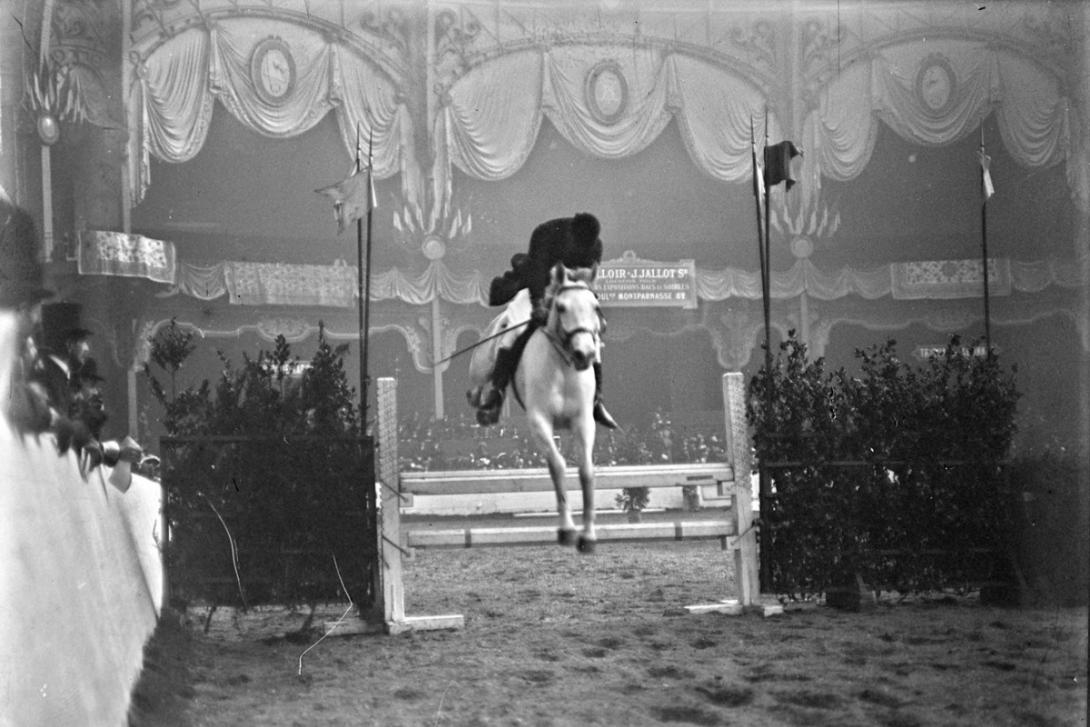
Concours hippique au Grand Palais, cavalier et monture non identifiés, 1911
The Grand Palais embraces the innovative spirit of its time by opening its doors to motor sports. Automobiles, aviation and cycling find a prestigious platform here. In December 1903, Maurice Garin, the first-ever winner of the Tour de France, was personally congratulated by President Émile Loubet within these iconic walls.
Equestrian sports, combining grace and performance, also found a fitting setting in the Nave.The Paris Horse Show quickly become a must-attend event. Nearly 40,000 visitors flocked to see 1,500 horses on display. For three weeks, the Grand Palais was transformed into a luxurious stable and arena.
A beacon of resilience
A few years later, history made its marks. In 1914, the Grand Palais was transformed into a military hospital: over 700 beds were installed. The Nave, once the scene of sporting feats, became a rehabilitation center for wounded soldiers. Sport became an essential tool in helping patients recover and return to their regiments as quickly as possible. This vocation continued after the conflict, in a more educational setting.
In March 1920, the first post-war horse show took place: mutilated riders, civilian and military participants gathered to compete. Horses were borrowed, flags flown at half-mast, and the audience mourned in silence. But despite the visible and invisible wounds, the energy and determination of the participants symbolize a promising renewal.
In barely two decades, the Grand Palais has established itself as a major player in the Parisian sporting landscape, but this is just the beginning of the story! How was the Paris Olympiad Art and Sport exhibition received in 1924? Which champions left their mark on this legendary venue? We'll tell you more next week!
Votre panier est vide
Besoin d'inspiration ?
Rendez-vous dans le programme en ligne du GrandPalais
See content : The Grand Palais Sports Chronicles: 2 historic events to remember
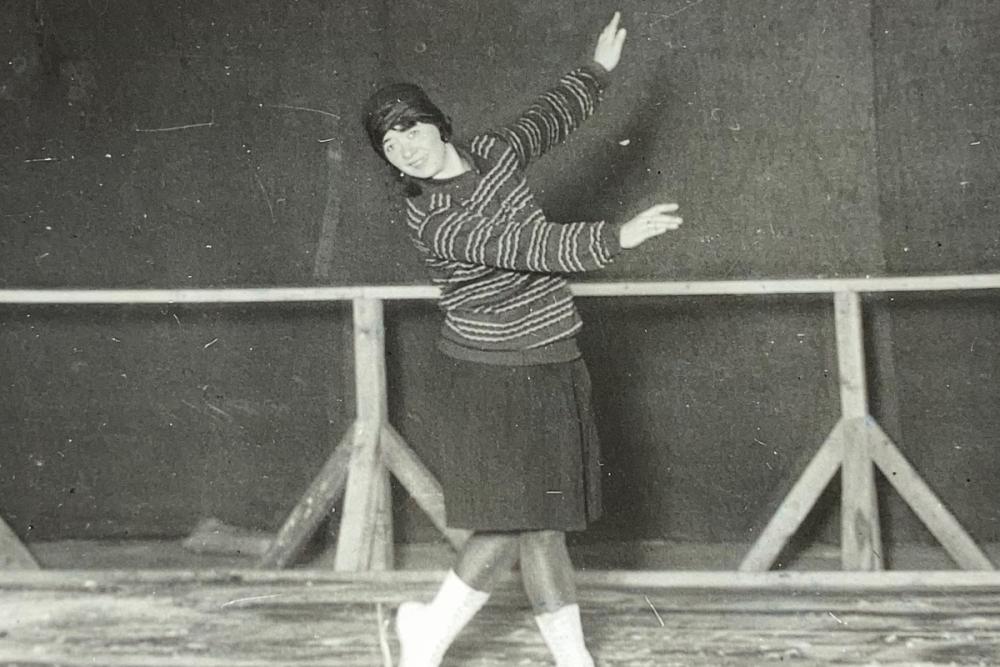
Gertrude Klammek, 1928
Article -
Exactly one century ago, the Grand Palais hosted two landmark events in the history of sport: the "Art et Sport des Olympiades de Paris" exhibition, inaugurated by Pierre de Coubertin in 1924, and the first edition of the Salon des Sports in 1928. Let’s look back on these two historic moments!
See content : The Grand Palais Sports Chronicles: sport during World War II in 5 key moments
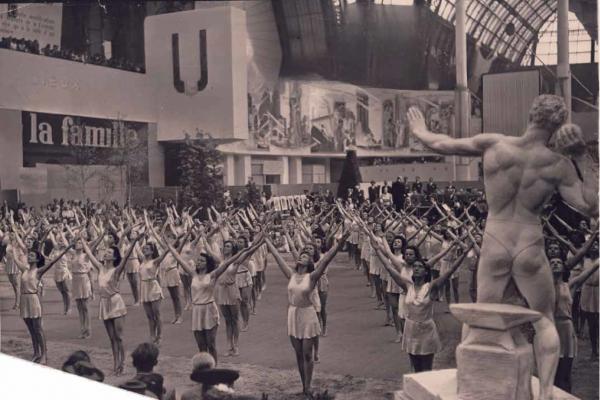
L’École Popard au Grand Palais, 1942
Article -
The 1930s marked the democratization of sport. But with the onset of World War II, the Grand Palais changed its face: it became a sports propaganda tool serving the government's ideology. Let’s look back at five key moments that illustrate this shift.
See content : The Grand Palais sports chronicles: Top 5 sporting events at the Grand Palais

Passage du peloton dans la Nef, 23 juillet 2017
Article -
From fencing halls to basketball courts — even skateparks — the Nave of the Grand Palais has hosted a variety of sporting events, reflecting the growing enthusiasm for new sports practices in the 2000s. Let’s look back at 5 bold sporting moments that...